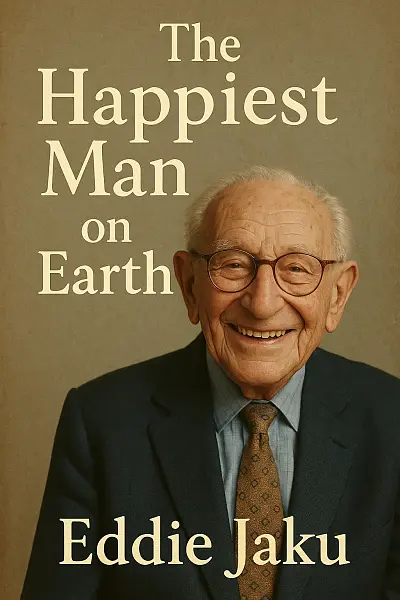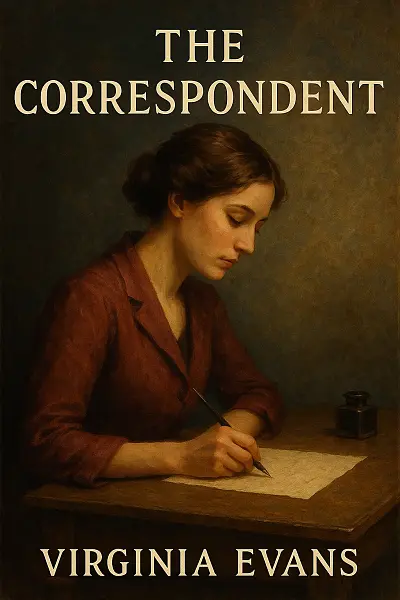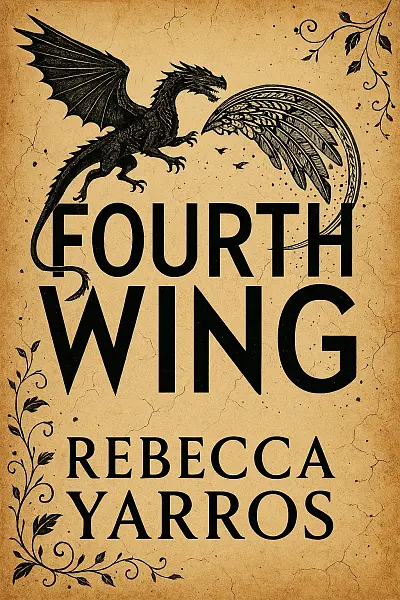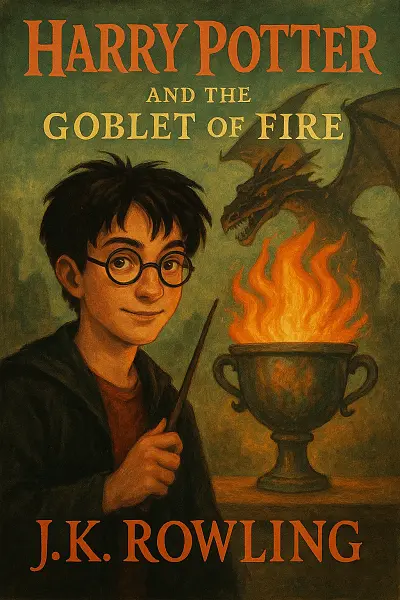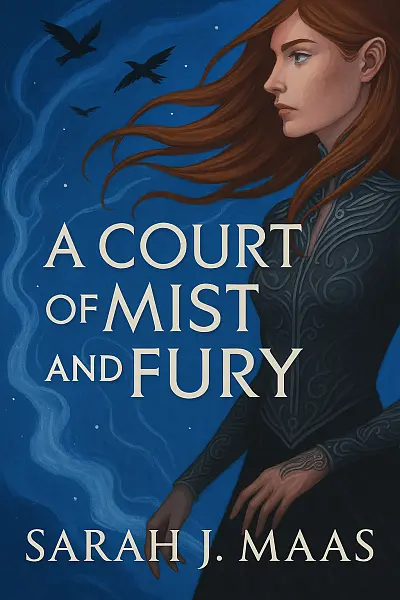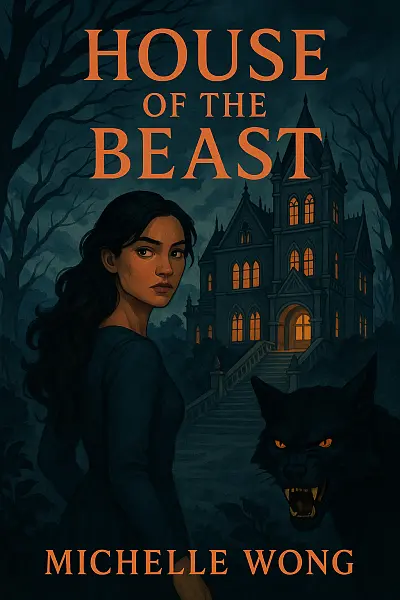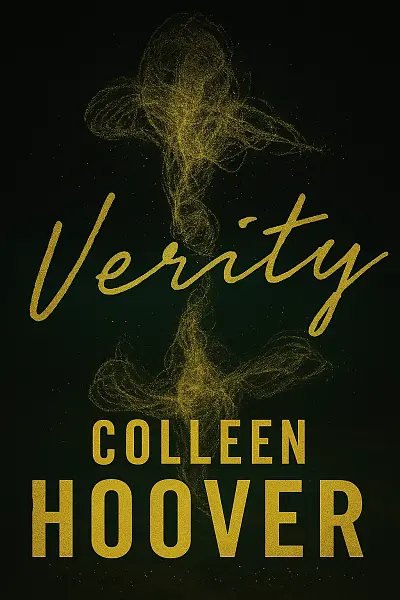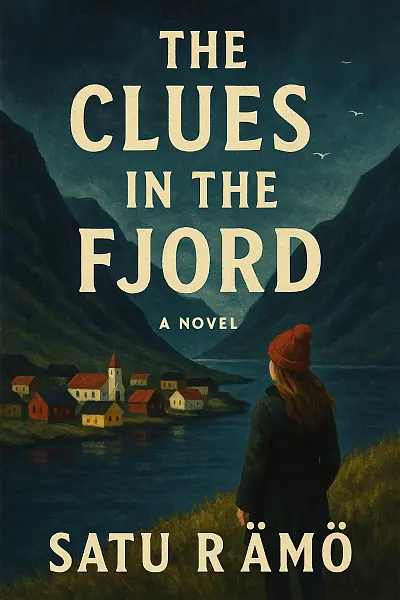
The Clues in the Fjord
by: Satu Rämö
Hildur Rúnarsdottir is the sole detective holding down the lonely west coast of Iceland, fighting to drown out haunting memories by throwing herself into her work. When a grisly murder—a man with his throat slit discovered beneath an avalanche—shakes the tiny community, her carefully constructed routine shatters.
Teaming up with Jakob, her new and equally troubled trainee, Hildur races against the clock and the elements. As they dig deeper, their own messy pasts threaten to cloud their judgment and crack the fragile trust between them. Personal stakes soar: can they catch a killer before old wounds consume them?
With its icy atmosphere and moody, introspective style, the novel delivers suspense tinged with vulnerability—will they, or won’t they, uncover the truth before it’s too late?
""In the silence between the mountains and the sea, we find the answers we were too afraid to ask.""
Literary Analysis
Writing Style
Atmosphere
Moody, immersive, and distinctly Nordic, the book draws you into the chilling expanse of Icelandic fjords. Expect a sense of pervasive quiet and suspense, where every shift in the weather feels like another clue in the mystery. Rämö leans into the stark beauty of the landscape—think sharp winds, looming cliffs, and a feeling of being isolated at the edge of the world. There’s always a low hum of unease, as if secrets are hiding in the mist.
Prose Style
Crisp and economical, Rämö’s writing cuts right to the bone—there’s no lingering on flowery descriptions. Dialogue feels natural and regional inflections sneak in, grounding the characters in their environment. The narration is laser-focused, with atmospheric touches that sharpen the mood without ever bogging down the story. You’ll notice a clarity that makes the plot easy to follow, but with carefully chosen sensory details that bring the fjord’s icy air right off the page.
Pacing
Steady and deliberate, the story unspools with a controlled sense of urgency. Rämö opts for slow-building tension, revealing clues bit by bit instead of overwhelming you with action. The result? Each revelation hits harder, making you turn pages not out of adrenaline, but genuine curiosity and suspense. There are bursts of excitement, but much of the tension lies in the waiting and watching—so perfect if you love a mystery that simmers.
Characterization
Grounded and intimate, the cast feels lived-in, with authentic quirks and believable motivations. No broad stereotypes here—the characters’ inner lives are shaded with quiet complexities. Rämö’s background in psychology comes through subtly, especially in the protagonist’s introspective moments. Even minor characters carry intriguing backstories, adding local color and a feeling of community.
Dialogue
Realistic and sharp, conversations cut through the silence without unnecessary banter. There’s wit in the exchanges, but it’s never showy—just enough to warm the chill. When things get tense, the dialogue tightens, amplifying the emotional stakes without melodrama.
Themes
Secrets, trust, and the shadows of the past ripple through every chapter. Rämö explores the ways harsh landscapes shape people and relationships, poking at the edges of isolation and community. There’s an undercurrent of psychological intrigue—you’ll find yourself questioning motivations and the blurry line between truth and perception.
Overall Rhythm
Quiet intensity defines the book’s rhythm. Expect a mystery that takes its time, drawing you in with subtlety and depth rather than flashy twists. If you’re after a brooding, atmospheric read with a strong sense of place and an unhurried, thoughtful approach—this one absolutely delivers.
Key Takeaways
-
Icy fjord landscapes hiding secrets in every shadow
-
Elín’s chilling discovery beneath the aurora-lit cliffs
-
Nordic noir with a feminist edge—resolute women, flawed cops
-
Intimate, tactile prose that crackles with unease
-
A coded diary that plunges the investigation down a dark new path
-
Raw meditations on family loyalty and personal demons
-
That moment in the storm-drenched cabin—where trust unravels and danger feels claustrophobically close
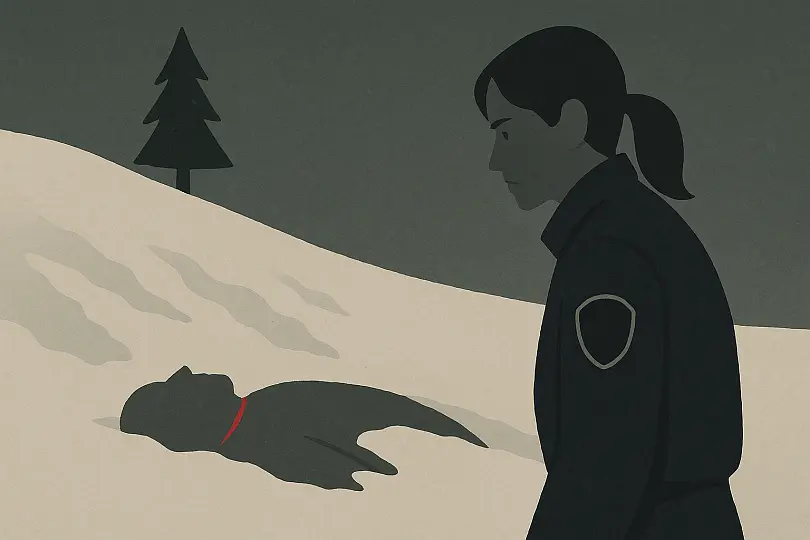
Nordic secrets unravel as Iceland’s wild beauty hides deadly clues
Reader Insights
Who Should Read This
If you love a good Nordic noir with atmospheric settings and that brooding, slow-burn suspense, The Clues in the Fjord is definitely your jam. Seriously, if you’ve ever binged crime dramas set in remote towns or you can’t resist layered mysteries with a punch of local flavor, this book’s going to hit the spot. The Icelandic landscape alone gives those moody, chilling vibes that make the pages feel extra immersive.
Are you into complex female leads who actually feel real? That’s another big win here. Fans of character-driven mysteries will find a lot to chew on—especially if you get a kick out of piecing together clues right alongside the protagonist.
But hey, if you need a super fast-paced, action-packed thriller where something explodes every chapter, this one might not do it for you. The Clues in the Fjord leans more into puzzle-solving and atmosphere than shootouts and wild car chases. Also, if you’re not really into dark themes or you want something light and breezy, maybe keep this one on the “maybe later” shelf.
In short:
If you’re all about moody mysteries, engaging puzzles, and rich character work—especially those set in unique, far-flung places—add this to your TBR.
But if you’re hunting for something super light, ultra-fast, or totally upbeat, you might be better off skipping it for now.
This one’s for anyone who wants their mysteries with a bit of chill—literally and figuratively.
Story Overview
Set in the hauntingly beautiful Icelandic fjords, The Clues in the Fjord by Satu Rämö follows an unlikely investigator drawn into a chilling mystery beneath the midnight sun. When a disturbing crime shakes the quiet village, secrets from the town’s icy past begin to thaw, pushing our sharp-witted protagonist to untangle a web of intrigue. With quirky locals, atmospheric suspense, and a dash of Nordic noir, this book promises a twisty, immersive adventure perfect for fans of small-town secrets and chilly thrills.
Main Characters
-
Hildur Rúnarsdóttir: The smart, determined police detective whose grief and trauma from a personal tragedy fuel her relentless pursuit of truth. Her emotional journey and professional instincts are central to unraveling the mystery.
-
Jakob Johansen: The friendly, observant trainee detective from Finland whose outsider perspective often helps the investigation. He brings warmth and a touch of levity to the cold Icelandic setting.
-
Óskar Guðmundsson: The quietly authoritative police chief who supports Hildur but faces his own dilemmas about the limits of justice. His steady presence anchors the team during escalating tensions.
-
Ásta Kristjánsdóttir: A local journalist with a drive to expose secrets, frequently walking the line between ally and antagonist. Her ambition and curiosity add complexity and challenge to the unfolding case.
If You Loved This Book
If the icy landscapes and sharp psychological tension of The Girl with the Dragon Tattoo captured your imagination, you’ll find a similar pulse running through The Clues in the Fjord. Both novels expertly blend intricate mysteries with a deep sense of place, immersing you in cultures that feel both mysterious and hauntingly familiar. Lovers of Louise Penny’s Armand Gamache series will also feel right at home here—the slow-burning suspense and nuanced character work echo Penny’s ability to make small communities feel alive with secrets and twists lurking in every snowdrift.
There’s a definite Broadchurch vibe too, especially in the way the fjord’s serene, windswept setting contrasts with the currents of hidden darkness beneath the surface. Like the critically acclaimed show, Rämö’s novel captures how a tight-knit community must confront its own mysteries, often revealing as much about its people as the crimes themselves. These connections make for a gripping, atmospheric read that feels simultaneously fresh and comfortingly familiar for crime fiction aficionados.
Expert Review
When every step forward means plunging deeper into the blizzard—can you ever truly outrun your past? The Clues in the Fjord by Satu Rämö isn’t just about a murder in a remote Icelandic village; it’s about the chilling persistence of grief, memory, and the ways trauma echoes through wild landscapes and fragile lives. This propulsive mystery asks us whether we heal through forgetting or through relentless confrontation, and what we risk sacrificing for either.
The writing here is icy sharp and perfectly weathered; Rämö sculpts Iceland into a character as vivid as any human in the story. Through Hildur’s wary internal voice, the prose delivers ethnographic detail without ever losing momentum. Short chapters build a relentless rhythm, and descriptions land with a tactile crispness—snow, sea, sound, and silence all meticulously rendered. Dialogue occasionally stumbles into exposition but more often crackles with subtext, especially between Hildur and her awkward, well-meaning trainee Jakob. Rämö’s narrative technique, alternating deftly between introspection and action, gives space for the setting and psychological drama to breathe without bogging down the pace. The Icelandic vernacular and unshowy prose match the story’s stark geography: spare, but never empty. At times, side plots threaten to crowd out the central mystery, yet everything returns, elegantly, to the haunted heart of its characters.
Underneath the murder mystery thrums a much more intimate reckoning: how do people, especially those in desolate places, carry collective and personal wounds? Trauma is not only a past event here; it’s an active force, shaping Hildur’s relentless drive and Jakob’s escalating anxiety. The book’s moral complexity elevates the genre—the crime is horrific, yet Rämö refuses simplistic villainy or easy closure. There’s a deep sense of community fragility, rural traditions clashing against modern anxieties, and the isolation that both shields and suffocates. The avalanche is both literal cover-up and sobering metaphor: what truths get buried, and at what cost to those left behind? The exploration of duty versus self-preservation, especially in a landscape where nature itself is neither enemy nor ally, resonates strongly in our current era of psychological and environmental precarity.
Within the Nordic noir lineage, The Clues in the Fjord leans into the genre’s signature motifs—brutal weather, brooding detectives, moral ambiguity—but does so with a refreshingly local specificity. Rämö’s Iceland is not just backdrop but integral, shaping every investigation. Fans of Ragnar Jónasson or Yrsa Sigurðardóttir will find familiar bleakness, yet Rämö’s empathy for even her most damaged characters gives her debut a warmer, more introspective edge.
Some twists feel telegraphed, and a couple of character arcs resolve a bit too quickly, but these flaws are minor next to Rämö’s atmospheric mastery and psychological insight. This is a compelling, gorgeously bleak novel that carves new paths for Nordic noir—one that lingers long after the snow settles.
Community Reviews
that scene in the midnight fog when the truth finally clicked? i legit dropped my tea. satu rämö knows how to twist a reveal and make you question your own instincts. still thinking about it.
Honestly, I DIDN’T SLEEP after reading Satu Rämö’s The Clues in the Fjord. That frozen silence, the way events spiral at midnight, I kept checking the shadows in my own hallway. Why did I keep reading? Because I had to know.
okay, so i literally couldn't stop thinking about Áróra after I finished. she just kept popping into my head, like a ghost with unfinished business. thanks a lot, Satu Rämö, now I need closure!
That scene where Hildur stood at the edge of the icy water? CHILLS. I kept replaying her decision in my head all night, couldn't sleep, had to keep reading. Rämö really knows how to keep you up way past bedtime.
Was NOT prepared for that twist by the waterfall scene. Satu Rämö, why did you do this to my brain at 2 AM? Now I’m side-eyeing every dark corner like it’s hiding secrets. Absolutely unhinged, in the best way.
Cultural Context & Discussion
Local Perspective
The Clues in the Fjord by Satu Rämö really strikes a chord for Nordic readers, especially in Icelandic and Finnish contexts. The themes of isolation, community ties, and the natural world's ever-present force echo local ways of life—think long winters, tight-knit villages, and that tough, resilient spirit felt in these regions.
- Parallel historical echoes? The plot’s focus on hidden truths within small communities absolutely parallels real events in Icelandic history, like past fishing village scandals or post-war secrets—it’s all about what lies beneath the calm surface.
- The slow pacing and emphasis on landscape mirror the Nordic noir tradition, which locals adore—this vibe connects directly with established genre favorites.
- At times, the book challenges taboos around family secrets and mental health—hot topics in both Iceland and Finland, where open discussion is still evolving.
- Some plot twists hit harder here because distrust of authority and valuing self-reliance are woven into local culture, making the protagonist’s struggles especially relatable.
Overall, Rämö’s story feels like a blend of familiar roots and subtle cultural rebellion, making it a real talking point among readers who see their own world reflected—and questioned—on the page.
Points of Discussion
Notable Achievement:
The Clues in the Fjord by Satu Rämö has made a real splash in Nordic noir circles, especially for its refreshing Icelandic-Finnish perspective and strong character-driven storytelling. The novel quickly climbed Scandinavian bestseller lists, gaining a devoted readership and bringing more attention to Finnish-language crime fiction on the international stage.
